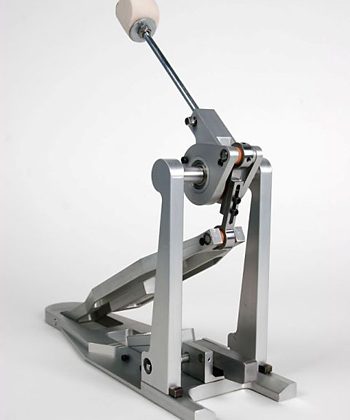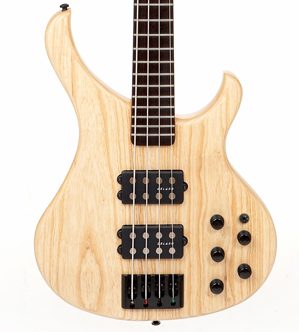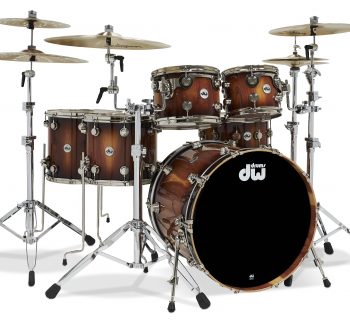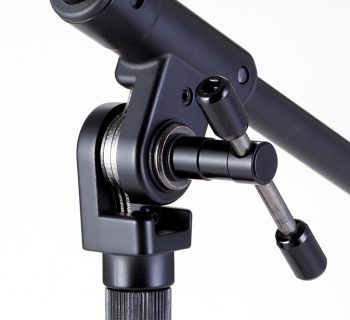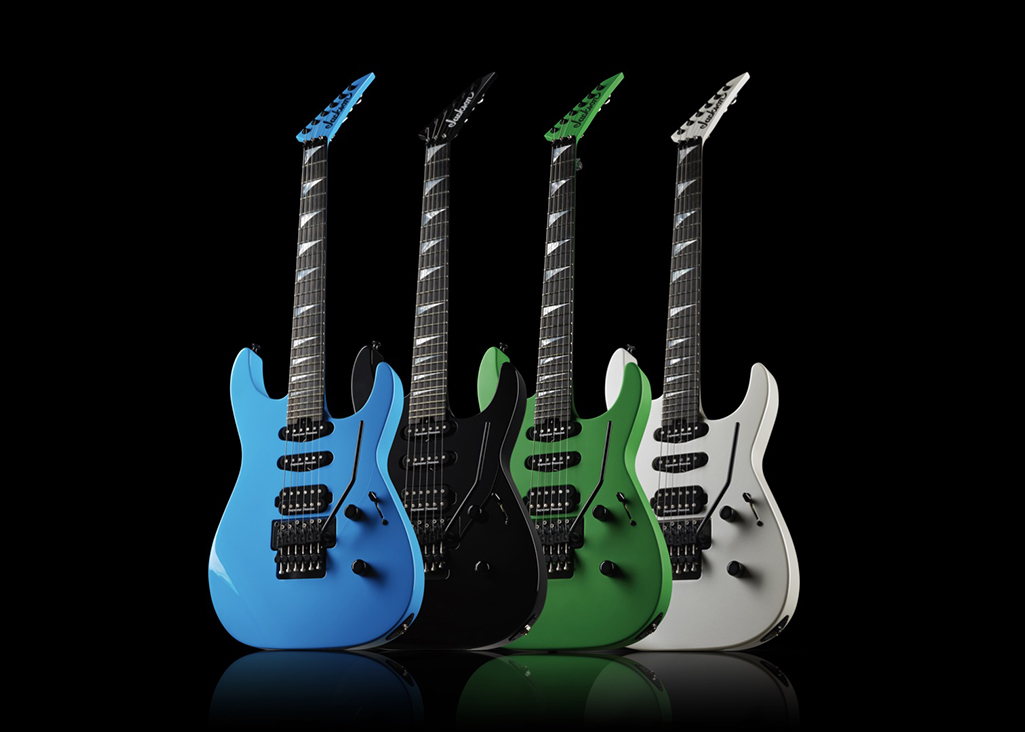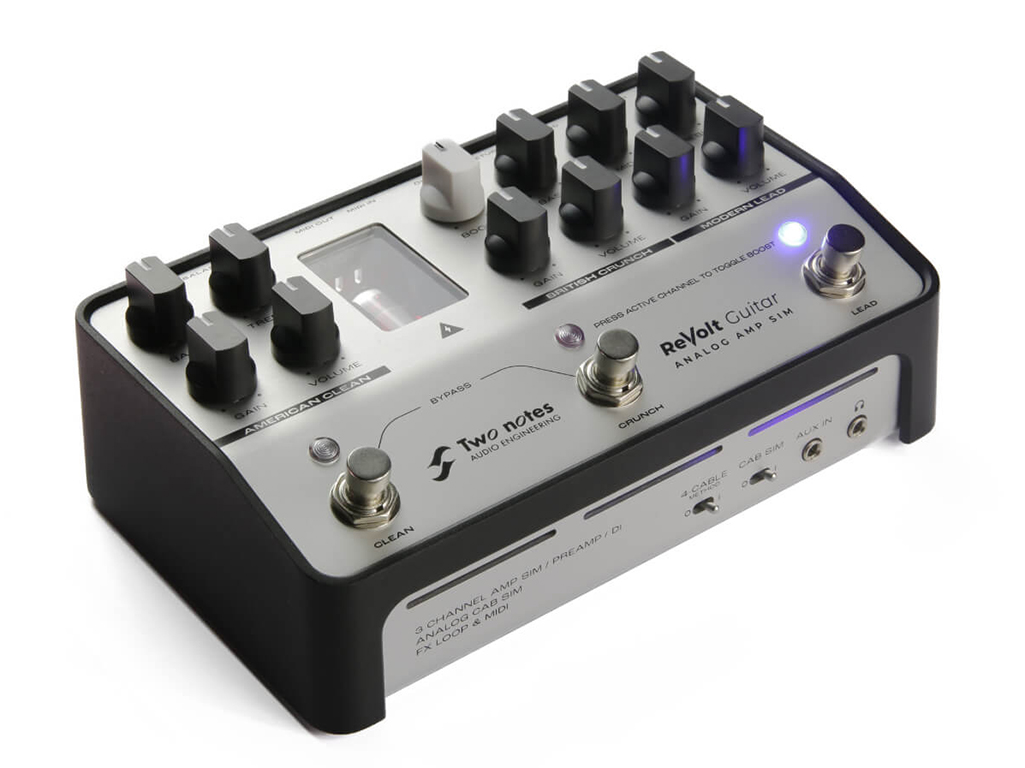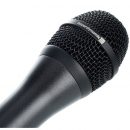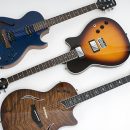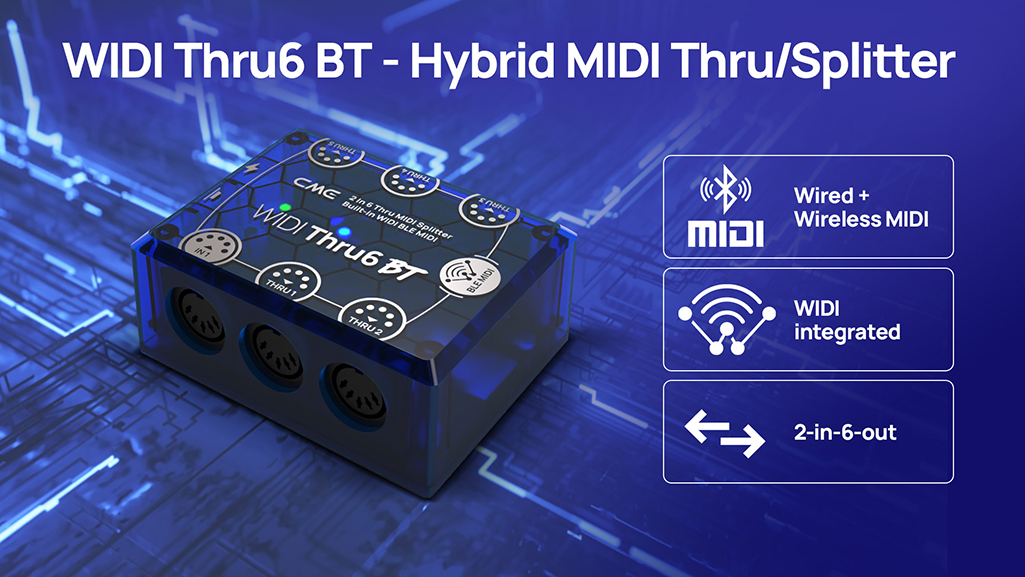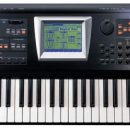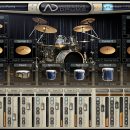
Every so often you hear about innovative new products that will change the way you think about the norm, and the Drumnetics Pedal is no exception. When we first heard about the Drumnetics Pedal, we were interested to learn about its completely different approach to function.
At the risk of sounding like a physics professor, what’s revolutionary about this pedal is the replacement of the traditional spring apparatus with powerful magnets that generate the source of kinetic function. More importantly, the Drumnetics Pedal accomplishes this feat while creating a smooth, natural pedal feel that is extremely dynamic, completely silent, and can be used for any musical application.
Features
![]()
The meticulously engineered, aluminum-constructed Drumnetics Pedal contains features you won’t find on any other drum pedal. For starters, this is the only pedal we know of that uses a repulsive magnetic field as the basis for pedal tension and rebound. Two powerful magnets are encased in cartridges and positioned along the centerline of the pedal. One magnet is located under the middle section of the pedal board along a track; the other is mounted to the base board at a slight angle parallel to the pedal board. Both magnets can be adjusted to increase (or decrease) the repulsive force in the pedal’s overall action.
One particular advantage of this design (with magnets along the centerline of the pedal) over conventional springs is that it provides for a direct transfer of energy that is otherwise reduced (to varying degrees) by a traditional spring design.
Unlike more traditional pedals that use chains or nylon straps, the Drumnetics Pedal uses an adjustable linkage to connect the pedal board to the rotor cam. Set in the center section of the rotor cam is the housing block used to mount the beater shaft. By adjusting the housing block via a set bolt, you can adjust the angle of the beater shaft.
The housing block is also drilled out with a few thousands inch variance to accommodate different sized shafts from other manufacturers. The Drumnetics Pedal includes a medium-size rubber beater that is manufactured by SuperBeaters.
- Powerful magnets located in pedal board and base
- Adjustable housing block and pedal board linkage
- Two adjustment wrenches (stored in the base of the pedal)
- High grade aluminum construction
- Rubber beater (supplied by SuperBeaters)
Usability
![]()
At first glance the Drumnetics Pedal looks like any other pedal – but something seems to be missing. That’s right… springs! Those archaic coil contraptions that protrude from the sides of the more traditional pedals are gone. The days of noisy, cumbersome springs are finally over. Welcome to the wonderful world of magnets!
Without making any adjustments to the pedal or pondering on the complex physics behind the pedals magnetic forces, we simply attached the pedal to our bass drum and started playing. This pedal has the same sensation of spring tension and rebound that we’re used to with traditional pedals. How did they do it? Drumnetics replicated the function of traditional spring-based pedals in a non-traditional manner. In order to understand how this pedal works we decided to take a step back and consult the literature that came with the pedal and this is what we learned:
 The patented Drumnetics Pedal offers four conjunctive adjustment settings. Out of the box we found the default magnetic force to be too strong for our tastes. In other words, it took too much force to depress the pedal board down for the beater to reach the drum head. When we examined the positioning of the magnets for both the pedal board and base, the magnets were spaced directly on top of each other. This turns out to be the position that generates the largest level of repulsive force between the magnets, and thus, the greatest amount of resistance for the pedal board.
The patented Drumnetics Pedal offers four conjunctive adjustment settings. Out of the box we found the default magnetic force to be too strong for our tastes. In other words, it took too much force to depress the pedal board down for the beater to reach the drum head. When we examined the positioning of the magnets for both the pedal board and base, the magnets were spaced directly on top of each other. This turns out to be the position that generates the largest level of repulsive force between the magnets, and thus, the greatest amount of resistance for the pedal board.
Understanding how these magnetic forces work is the most important aspect for attaining the correct feel of the pedal. We adjusted both the top and bottom magnet cartridges to their furthest positions away from each other. This involved moving the top magnet to the furthest position back on the pedal board toward the heel while moving the bottom magnet as far forward as possible. The result was the loosest possible feel for the pedal board, almost as if there was no magnetic force. Next, we gradually moved the top magnet forward in very small increments. Each time the magnet was moved we played the pedal for a few minutes to see how the change felt. Eventually we found a setting that provided just the right amount of resistance.
Another adjustment made was with the pedal board height. By default the pedal board was a bit high for us and by loosening the two small hex screws on the linkage we were able to lower the pedal board to a position that felt comfortable.
While we were at it, we also made some small adjustments to the beater shaft and housing block [Editor’s Note: Wow, is Eric a picky drummer or what?]. The Drumnetics Pedal ships with a rubber beater made by SuperBeaters. Although this rubber beater provided a decent feel we opted to swap out the supplied beater with our own felt beater. The beater shaft adjustment is made using a standard drum key and the housing block accepted our alternative beater shaft without any hassles.
Setting the beater angle was very simple. Using one of the supplied hex wrenches we loosened the set bolt in the cam assembly and moved the center-shaft housing block to the position and angle that felt best for us.
It’s possible for the two magnets to touch as you play. We didn’t find this to be an issue, but speculate that if you set the pedal board to the lowest position and set the beater angle as far back as possible, the greater travel distance for the beater would result in the magnets touching at the bottom of the down stroke. The adjustment guideline documentation supplied with the pedal addresses this with suggested base plate and beater angle settings.
On a side note, the two hex wrenches used for adjusting the pedal slide nicely into two conveniently located slots in the base of the pedal. Since these slots are located underneath the bottom magnet, the magnet’s attractive force pulls the wrenches into place. Did we mention these magnets are strong? Make sure to keep any metal objects with iron, like drum keys, away from the magnets on the pedal or you find they’ll fly towards the magnets.
The feel of this pedal is amazing. The down and up stroke of the pedal board is extremely smooth with virtually no friction at any of the contact points. Unlike other pedals where the beater bounces forward and back repeatedly after the pedal is released, the Drumnetics Pedal returns to its original position in a very precise manner allowing for greater control. It’s clear that Drumnetics set out to create the most technically advanced and dynamic pedal on the market. This pedal is second to none.
Sound
Ordinarily, the review of a kick pedal wouldn’t include a Sound section, but we have to comment on what you won’t hear with the Drumnetics Pedal. An amazing quality of the Drumnetics Pedal is how stealthily quiet it is! The use of magnets results in the reduction of moving parts that are typically the culprit for pedal noise. In addition, the pedal board has self-lubricating brass bushings impregnated with oil on both sides to further reduce friction. Studio engineers would do well to keep one of these pedals handy for drummers who come in with old, beat-up kits that feature “squeaky” pedals.
Documentation and Product Support
![]()
There is a single sheet of documentation included with the pedal that covers all the features and adjustment options. We found this lightweight documentation sufficient as the pedal layout is intuitive and easy to use.
The website also has some helpful information and pictures that explain each of the pedals features.
Price
![]()
The Drumnetics Pedal costs $300, plus $15 for shipping and handling, and is currently sold directly through the company’s website. This is a bit pricey for a single pedal, but then again, no other manufacturer offers a pedal as advanced as this.
[Editor's Note 7/21/08: The price of the pedal has been reduced to $269.99 plus shipping directly from the Drumnetics website. Nice!]Other Comments
When asked about future product development plans, Michael Van Dyk, founder of Drumnetics, stated that both double-pedal and hi-hat prototypes are in the works. A prototype of the double-pedal might even be ready for the Winter NAMM show in January 2008 — we can’t wait to check that out.
Contact Information
Drumnetics
www.drumnetics.com

